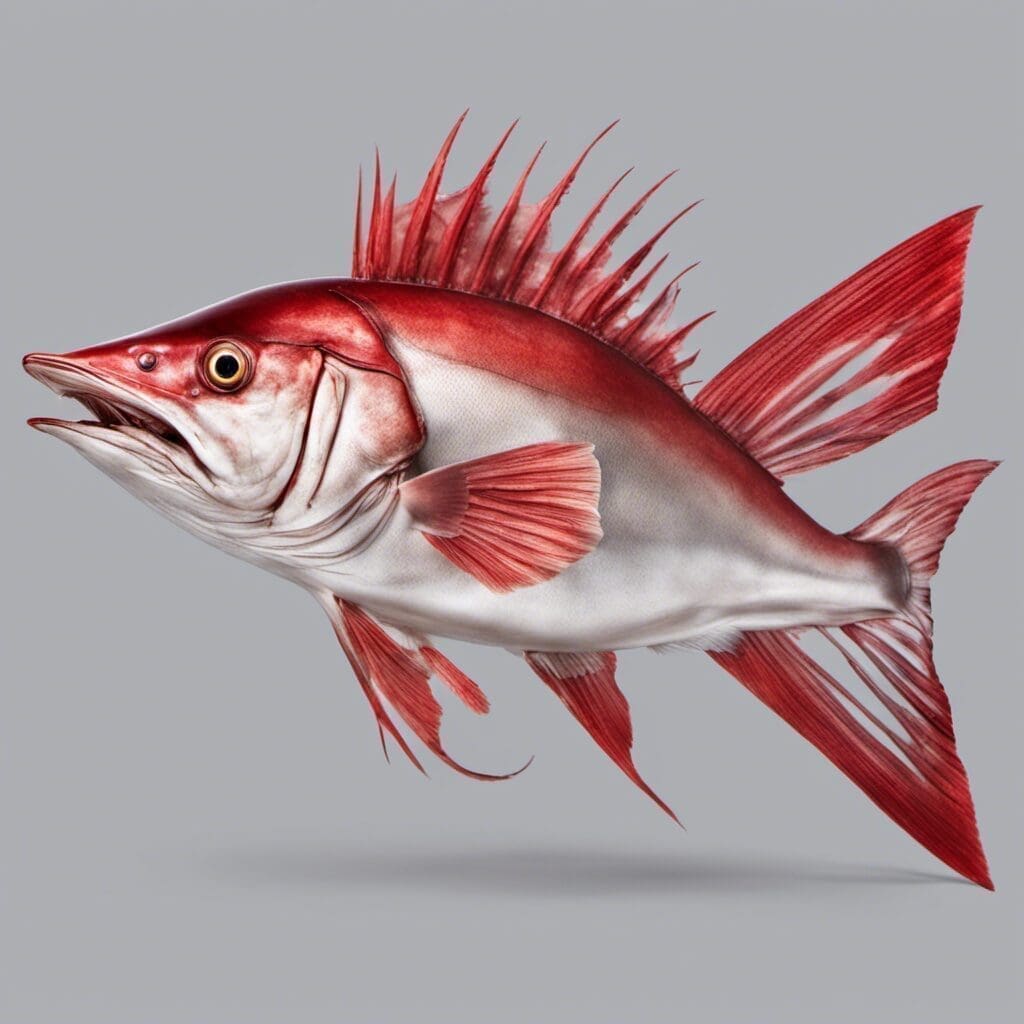Introduction
The Bigeye Thresher (Alopias superciliosus) is a member of the Alopiidae family. Known for its distinctive large eyes and long, scythe-like tail, this shark species is a fascinating subject of study for both marine biologists and fishing enthusiasts.
Conservation Status
The current status of the Bigeye Thresher is “vulnerable”, according to the International Union for Conservation of Nature (IUCN). Conservation efforts are ongoing and primarily focus on reducing overfishing and protecting their habitats.
Statistics
| Length (Average) | Length (Range) | Weight (Average) | Weight (Range) | Average Lifespan |
|---|---|---|---|---|
| 3.3 m | 2 – 4.9 m | 160 kg | 50 – 348 kg | Up to 20 years |
Distribution
Bigeye Threshers can be found in various regions around the world, from the Atlantic and Indian Oceans to the Mediterranean Sea. They migrate depending upon the water temperature and the availability of prey, moving to warmer waters during the cooler months.
Habitats
These sharks inhabit a variety of water types, from coastal to open sea, but they are more usually found in warmer, tropical seas. Bigeye Threshers are often found at a depth ranging between 200 to 500 meters and can handle a wide array of temperature ranges.
When and Where to See
Bigeye Threshers are known to assemble in large numbers in regions where there is a concentration of their preferred prey. Their seasonal patterns vary significantly, but summer months are usually ideal for sighting these sharks near the surface. They’re largely nocturnal creatures, making them more likely observed during the late evening and early morning hours.
Best Fishing Locations
- Azores, Portugal
- Costa Rica
- Florida, USA
- South Africa
- Madeira, Portugal
- Mexico
- Jamaica
- Hawaii, USA
- Baja California, Mexico
- Sri Lanka
General Tips: Look for warmer tropical waters, preferably with a depth range of 200 to 500 meters, especially during the summer months.
How to Catch
Bigeye Threshers are notably taken by longline and gillnet fisheries. They are prized catches due to their size and fighting ability. Popular baits and lures include fish like mackerel or squid. Anglers often use trolling or bottom fishing techniques to catch these sharks.
Identification Guide
Bigeye Threshers are distinguished by their large eyes, placed in keyhole-shaped sockets, allowing upward vision. Their bodies are a metallic purple or bluish color on top, fading to white underneath. They also feature long, scythe-like upper caudal fins.
Culinary
Bigeye Thresher shark meat is known to have a firm texture with a mild, slightly sweet flavor. It is a good source of vitamin B12 and selenium, but it should be noted that it could contain high levels of mercury.
Additional Information
Feeding habits: Bigeye Threshers mainly eat squid and fish, using their long tails as a weapon to stun or kill their prey before eating.
Predators and Threats: Aside from humans, the main predators of Bigeye Threshers are larger shark species. The primary threats to their population include overfishing and habitat destruction.

